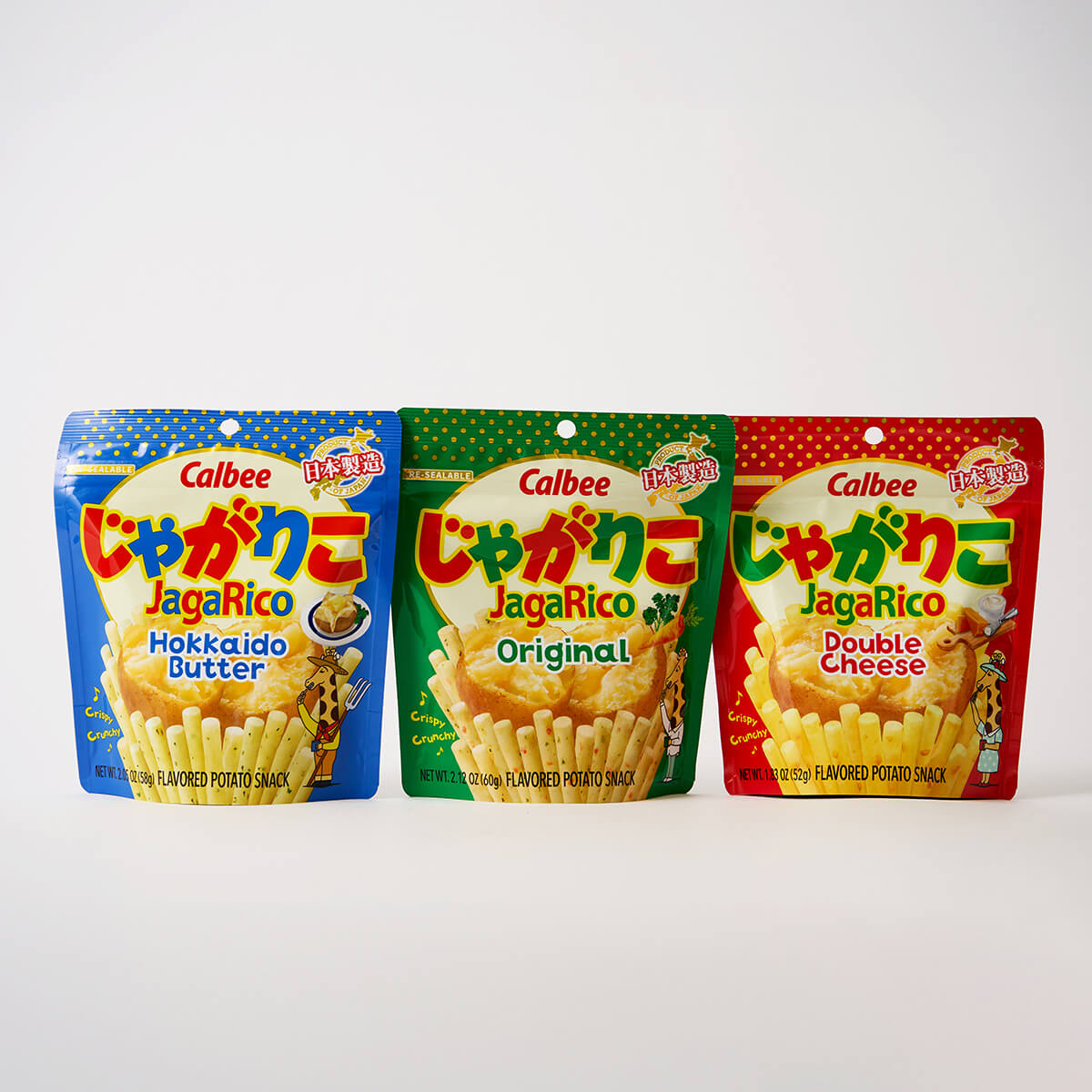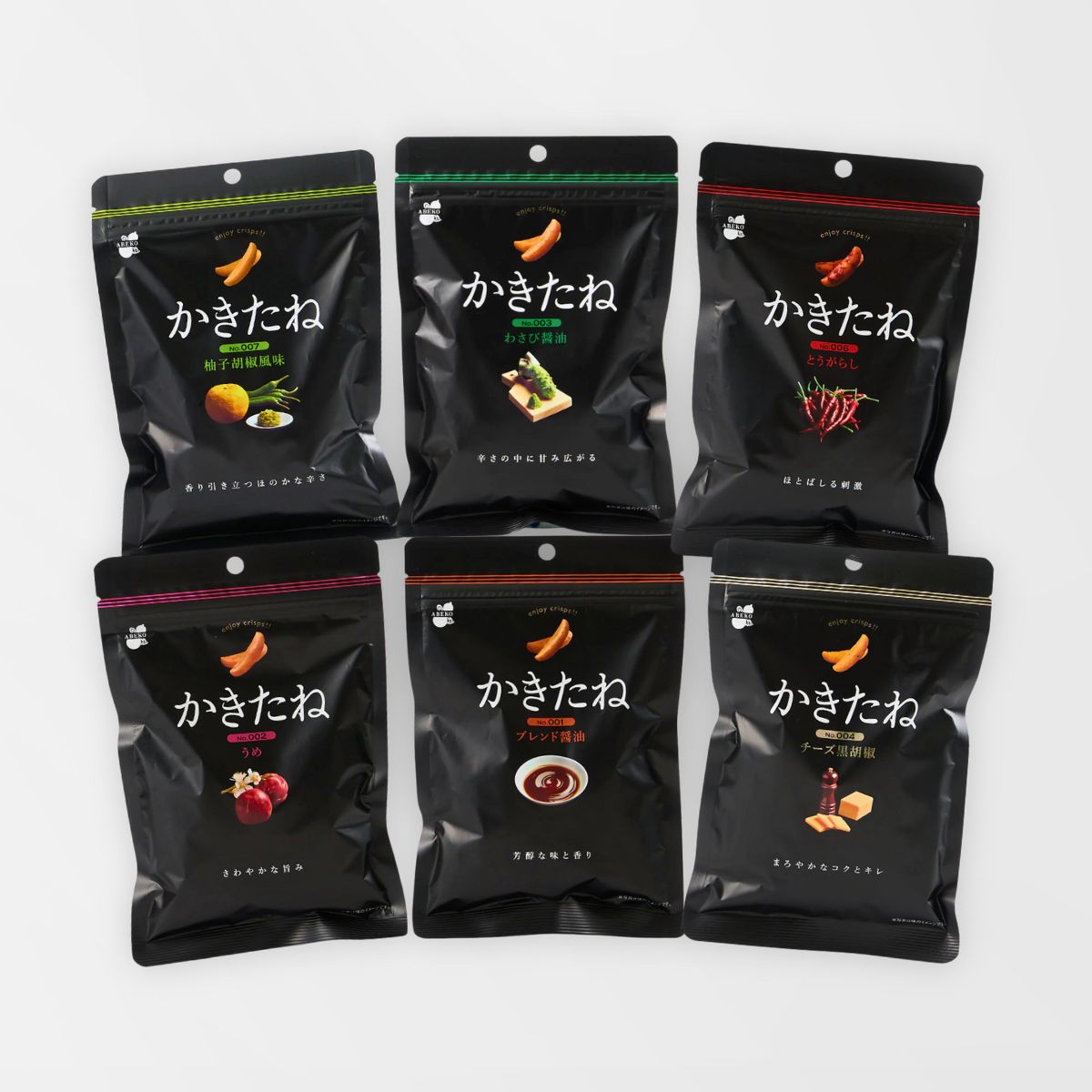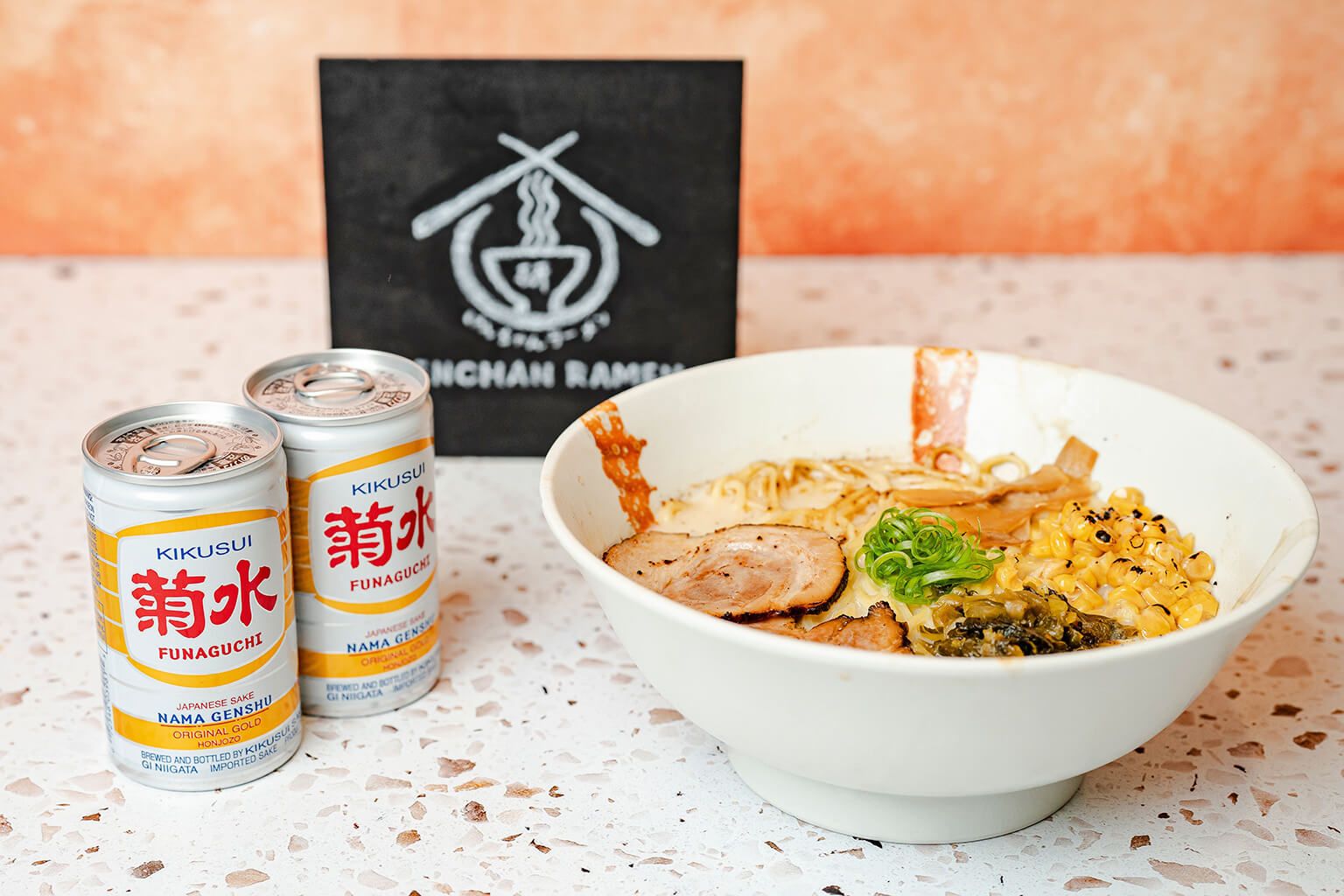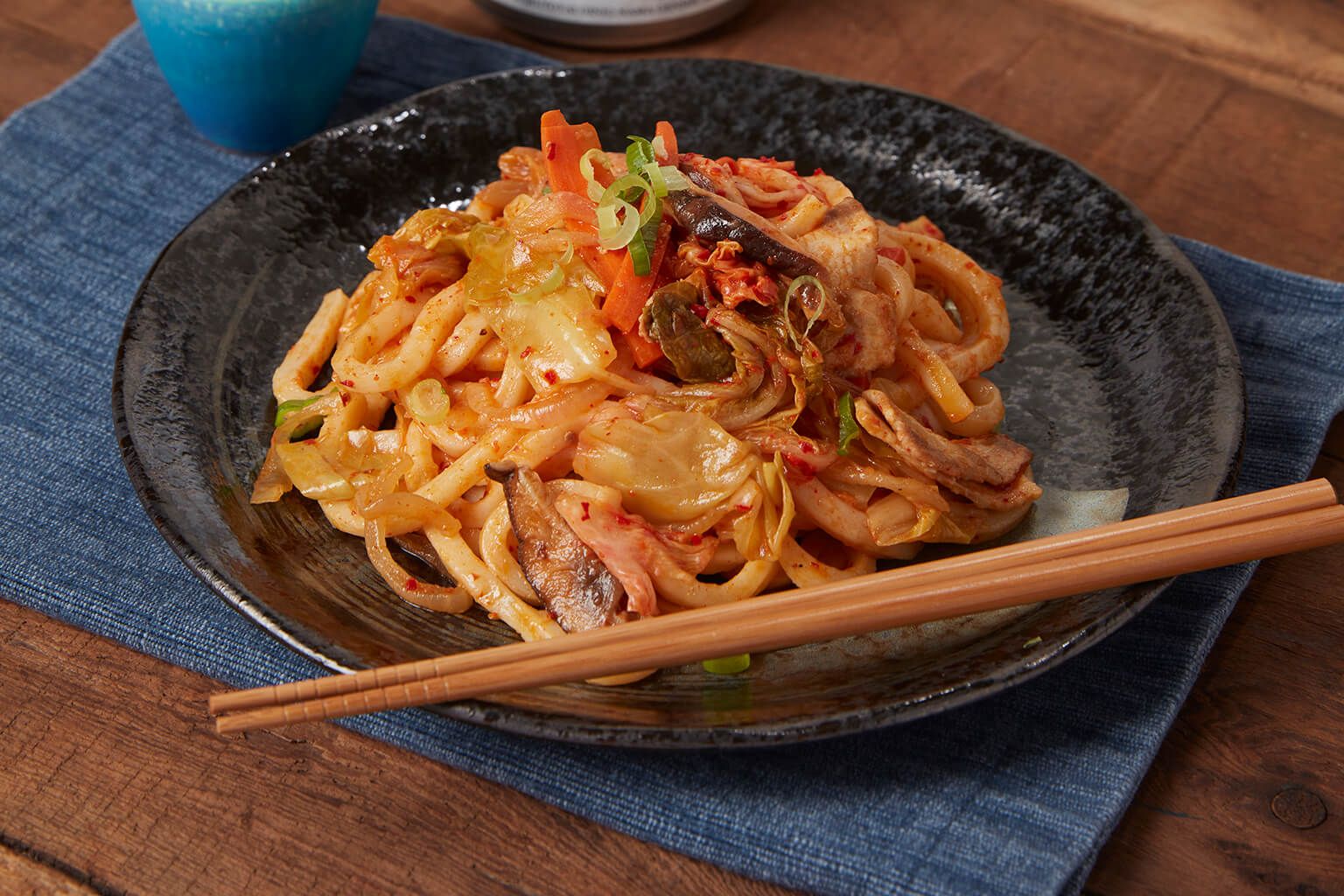How did you fall in love with sake? Most people say that it was love at first sip, but for me, it was love at first sight. My first encounter with authentic Japanese sake was through the acclaimed documentary “The Birth of Saké,” directed by Erik Shirai. The film features some of the most beautiful cinematography I’ve ever seen. I was entranced by long shots of steam-filled rooms, the serious expression of the “toji” (brewmaster), and the gently falling snow outside Yoshida Sake Brewery, an establishment that is more than 150 years old.
Ample pause between nearly every line spoken gives the film a meditative quality. Intentional silences and intense focus on visual composition make the gravity of each sentence seem weightier, forcing you to ponder the meticulous craftsmanship, and how much of themselves every “kurabito” (brewery worker) puts into each batch. I was instantly gripped by the hard work, diligence and almost religious reverence with which the brewers approach the sake making process.
In short, I was enamored with the story of this ancient Japanese beverage before I ever bought a bottle.
The year 2025 marks the documentary’s 10th anniversary. It first premiered at Tribeca Film Festival in April of 2015, and earned Shirai the title of Best Documentary Director Special Jury Mention. It went on to be nominated for and win several other awards, including Best Feature Documentary at the 2016 Palm Springs International Film Festival.
To make the movie, Shirai and his crew followed the workers of the Ishikawa prefecture brewery over the course of several brewing seasons.
“The directors came to film many times over the course of three years, and lived the same life as us,” says brewery president and CEO Yasuyuki Yoshida. “Thanks to that, I think we were able to capture on film the brewing of toji Yamamoto’s wajo ryoshu, as well as the important things to keep in mind when brewing sake.”
“Wajo ryoshu” is the guiding philosophy of Yoshida Sake Brewery. It means, “Good harmony leads to good sake, and good sake creates good harmony.”
“I happened to meet director Erik in New York,” Yoshida continues, “and this movie began. I wanted to preserve the spirit of wajo ryoshu, and the director wanted to make a film about Japanese culture. I think it was a fateful meeting.”
Making a movie about sake was never something director Shirai intentionally set out to do; the brewery presented itself to him.
“They were doing a fundraiser for one of my events,” Shirai recalls, “and then I happened to meet this guy who’s now the president of the brewery. But back then he was just … a son of the president and was kind of going around [to] different breweries and doing different things in New York and the States and Europe as part of his training.”
Admittedly not a sake buff to begin with, Shirai was most intrigued by the people brewing it. Much of Shirai’s work centers around Japanese culture, and Asian and Asian-American stories. Directing the film gave Shirai, a Japanese-American born in the U.S., an opportunity to connect with his own heritage and culture.
“I grew up in a pretty predominantly Black and Latino [neighborhood],” he says. “Most of my life, I didn't grow up around any Asian people. So I had a little bit of an identity issue in terms of accepting being Asian. And so I think understanding where I come from and the people and the culture has really allowed me to be more comfortable with myself. I think anything that shows a bit of my culture and something that people didn't know about, and more particularly, the people who actually make it — I think that's great.”
“I had two requests for the filming of this movie,” Yoshida says about the project. “I wanted them to film the people, not the techniques of sake brewing; please film all the good and bad aspects of sake brewing as they are.”
One may ask, “What are the ‘bad aspects’ of sake brewing? Messing up a batch?” While making any mistakes that may result in less-than-ideal-tasting sake is always a concern, there is a human element to the art of sake brewing that can’t be overlooked.
“I mean, obviously, things have changed now,” Shirai says, “but back then, the common, traditional way was that you would brew sake in the winter and then you would go back to your rice fields back in your hometown, and then make rice. And then when that was done, you’d go back to the brewery … It was a cycle of a lifestyle.”
This traditional practice of brewing sake during the winter months is called “kanzukuri.” Fermenting at low temperatures is advantageous in sake brewing, both to inhibit the growth of unwanted bacteria and to ensure the best-tasting product. For centuries, brewers took advantage of frigid winters for this reason. Because they relied on the natural temperature of the season, they had to be extremely attuned to any minute changes in the temperature of the “moromi” (sake fermentation mash), which meant working around-the-clock.
Few breweries still maintain this practice because of improvements in temperature control technology. However, at the time of filming “The Birth of Saké,” Yoshida Sake Brewery still followed the kanzukuri tradition, resulting in dramatic, all-hands-on-deck scenes at odd times of the night to stabilize the moromi.
“It was really tough,” Yoshida acknowledges. “We lived together, from early in the morning until late at night, with almost no days off. We worked together, ate together and slept together. Continuing this lifestyle for more than six months was very taxing both physically and mentally. In such a harsh environment, former toji Teruyuki Yamamoto advocated the spirit of wajo ryoshu, and brewed sake with love.”
That kind of holistic approach and resolute commitment to one’s work is a hallmark of Japanese culture and craftsmanship, and especially sake brewing. Watching “The Birth of Saké” for the first time, that’s what struck me — and the director, for that matter — most.
“Especially as a Westerner,” Shirai reflects, “leaving your home and your family for six months out of the year just seems kind of unfathomable to me to a certain extent. That sort of dedication was what really interested me, I think.”
Perhaps for some, it’s just an accepted part of life as a working person; a “you do what you have to do and you don’t complain” mentality. But for the toji, brewing is an act of creation that requires 100% of oneself: heart, intuition, knowledge, skill and all five senses. This is why we commonly describe sake brewing as an art.
“I think, often, the greatest battle we face is ourselves,” Shirai surmises. “And so I think seeing that they make something as a way of processing and understanding yourself speaks to a lot of what I try to do as a filmmaker and as an artist. So I think it all connects in some way.”
“Sake making is a living thing,” then-toji Teruyuki Yamamoto explains in the film. “If you compare it to human beings, it would be like raising a child. You have to nurture it properly and once it matures into a fine adult, it’s called sake.”
For my part, seeing the love and care Yamamoto and the brewery workers gave to their sake fascinated me. I didn’t know of any other beverage that required this much devotion. For this reason alone, I knew it was special and I had to try it.
I set out not just to buy sake, but to learn more about the brewing process and understand mysterious Japanese terms such as “junmai” and “ginjo.” I even studied to get my sake advisor certification from the Sake School of America. My curiosity about Japan’s national beverage, combined with the need for a new job, ultimately led me to work at Tippsy. It’s no exaggeration to say that Shirai’s film changed the course of my life.
In speaking with the film’s director and the brewery’s president, I learned that I wasn’t the only one who had been so affected by “The Birth of Saké.”
“We received many inquiries from all over the world,” Yoshida says. “Many people from overseas came to join us in brewing sake. It also had a very positive impact on exports, with our export volume increasing, and we received new business requests from all over the world. Also, many people became our fans after watching the film, and we still receive a lot of contact from them, so I think it has had a really positive impact.”
“I think it’s beautiful,” Shirai opines. “There is no greater thing than being a part of doing something that [has] allowed other people to be into it.”
Whether it’s making films or making sake, the work to which a person commits themselves, body and soul, is how they make meaning and cultivate understanding. Sake has been part of Japanese culture for thousands of years. More than just a drink, it is tied to both the identity of individuals and the identity of a nation. The truth of this can be felt with every moment of “The Birth of Saké.” Knowing that each move a toji makes is intentional, and that countless other toji throughout time have done so in an unbroken line of craftspeople, makes each sip profound.
For Shirai, his art has one central purpose: “Having a better understanding of the world we live in and the people [in] it.”
Yoshida Sake Brewery code of conduct
Yoshida Sake Brewery takes both their sake production and their cultural role seriously. Their company website states the following:
- First, we believe that we exist because of our customers, and we value our customers’ feelings.
- Second, we aim to be a bright and fun company where everyone is considerate and considerate of each other.
- Third, I understand that every job is a form of self-training to improve myself.
- Fourth, we take pride and responsibility in contributing to society through sake brewing.
- Fifth, I aim to be someone who can accomplish even the most fundamental tasks properly.
Resources
Cebu Osani Creative & Imakoko Media. “The Birth of Saké.”
https://www.birthofsake.com/
Erik Shirai
https://www.erikshirai.com/about
Hirata Paku, K. “SAKE 101: Kanzukuri.” SAKETIMES. June 26, 2022.
https://en.sake-times.com/learn/sake-101-kanzukuri
IMDb. “The Birth of Saké.”
https://www.imdb.com/title/tt3903322/
Tedorigawa
https://tedorigawa.com/en/
Thompson, J. “Meet Yasuyuki Yoshida, Toji of Yoshida Sake Brewery.” Appetite Press.
https://appetitepress.com/meet-yasuyuki-yoshida-toji-of-yoshida-sake-brewery/













